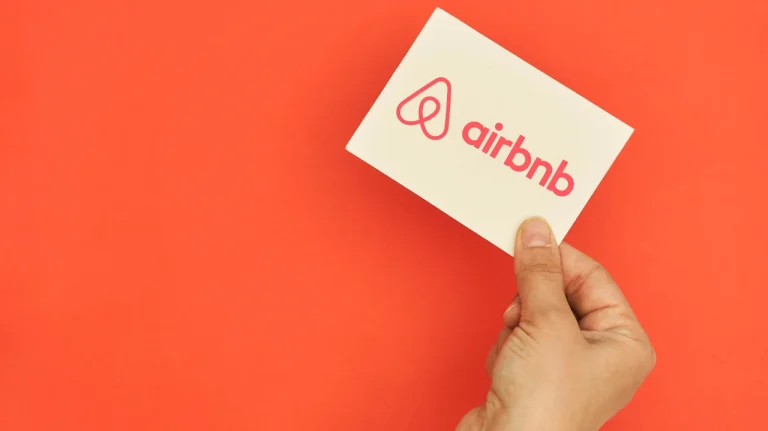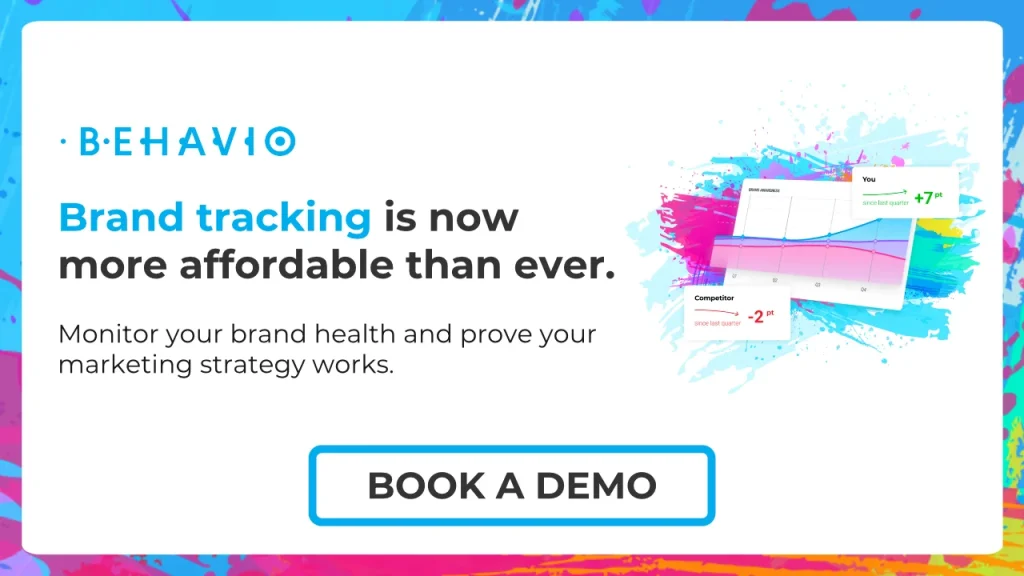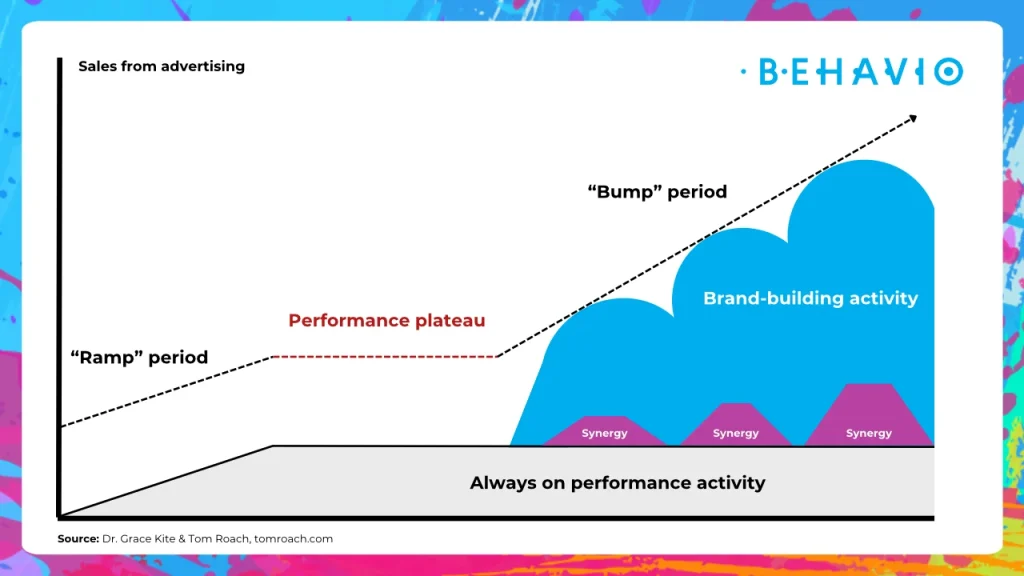How Airbnb Used Brand Marketing to Triumph Over Performance
-
 Jiri Boudal
Jiri Boudal
- 11. April 2024

Foto: “Hand holds Airbnb logotype card over red background” von Marco Verch via ccnull.de – Bildquelle, CC-BY 2.0
Airbnb became the only public VC-backed company founded in the US in the last 15 years that is meaningfully profitable (+$1.9b).
Compare that to other massive, category-defining leaders like:
- Doordash (food delivery): -$1.36b
- Uber (ridesharing): -$9.14b
- Coinbase (crypto exchange): -$2.62b
- Robinhood (stock trading): -$1.03b
- Pinterest (social network): -$96m
- Snapchat (social network): -$1.43b
In what might seem like a baffling move, Airbnb cut down its overall marketing spend two years ago, swapped out their performance channels, and instead, launched a large-scale brand marketing campaign, ‘Made Possible by Hosts’. What happened next?
In 2022, adjusted EBITDA hit $2.9bn, up from $1.6bn in 2021, revenues surged 40% to $8.4bn, and Airbnb reported its first full year profit, with a 23% net margin and net income of $1.9bn. While CEO Brian Chesky says he is now betting big on marketing to boost awareness and “educate” travelers about Airbnb’s exciting new ventures, as opposed to “buying customers”.
It’s a bold move for Airbnb, but perfectly in line with what marketing science professors have been saying for almost a decade. The only real mystery here is why the CEOs and CMOs of the above-listed companies are willing to sacrifice their profits in the name of a very irrational distrust of brand marketing.
Why will you necessarily hit a ceiling with a performance-centered strategy?
Performance marketing is great. For startups, it’s a gift from the heavens, allowing them to surgically target early-adopters while keeping their marketing spends really low.
For scale-ups and big brands, it’s merely a useful supporting tool to harvest existing demand more effectively. By no means, is it a way to create demand. And creating future demand is how you actually grow big.
Here is how it works. In every known product or service category, the vast majority of possible buyers are always out of the market.
- 90% of Americans buy a new car once every 10 years.
- For B2B, only 5% of customers are in-market at a given time.
- Only 50% of Coca Cola customers buy more than 2 cans a year.
There is solid data evidence that the major part of revenues of any established brand comes from the so-called light-buyers. These are people who buy your category very rarely and who are not very interested in it. These are buyers who are not keeping up with the category news, who are not researching their options thoroughly, people who often must be “educated” or reminded about the very existence of the category.
There is a great tool to market to light-buyers. It’s called brand marketing. It’s designed to create and refresh memories of your brand in buyers’ minds, often many months prior to the purchase. Because when a light-buyer finally enters your market, they subconsciously choose brands they already know. Brand memories drive sales and profits, they create future demand. Usually, the most effective marketing budget split is somewhere around 60-70% for branding and 30-40% for performance.
If performance-born companies don’t introduce brand marketing at the proper time, they hit a growth ceiling, or as Tom Roach puts it, a “Performance plateau”: acquisition costs higher than ever, previously good ROI fallen down, everything’s become inefficient. No wonder: you have just run out of all early-adopting heavy buyers. To grow on, you need to change the strategy.
Why the world of startups, scale-ups, and online businesses remains so firmly entrenched in performance obsession is beyond my understanding. However, one thing is crystal clear: as long as this mindset persists, a significant advantage awaits those who leverage brand marketing.




